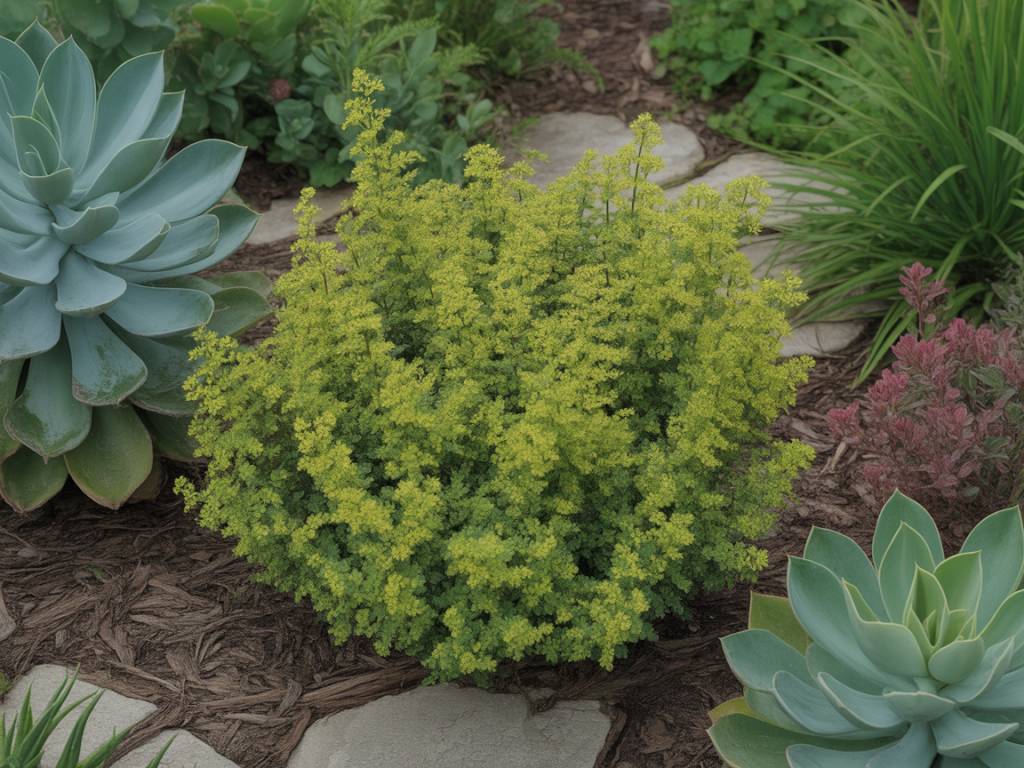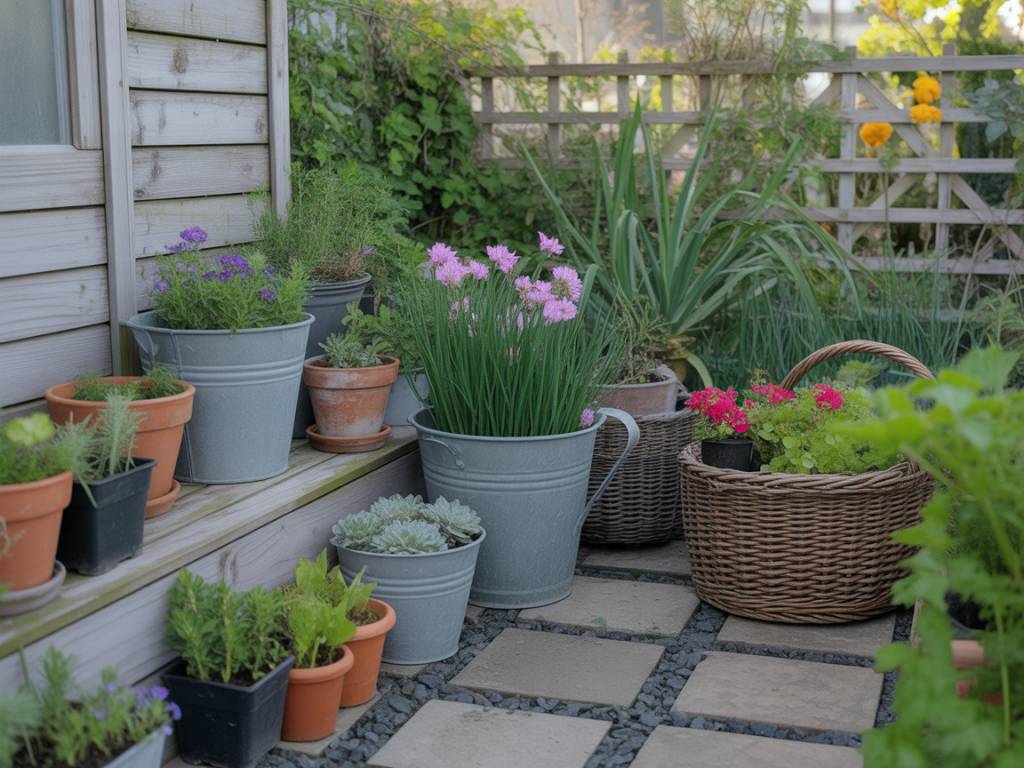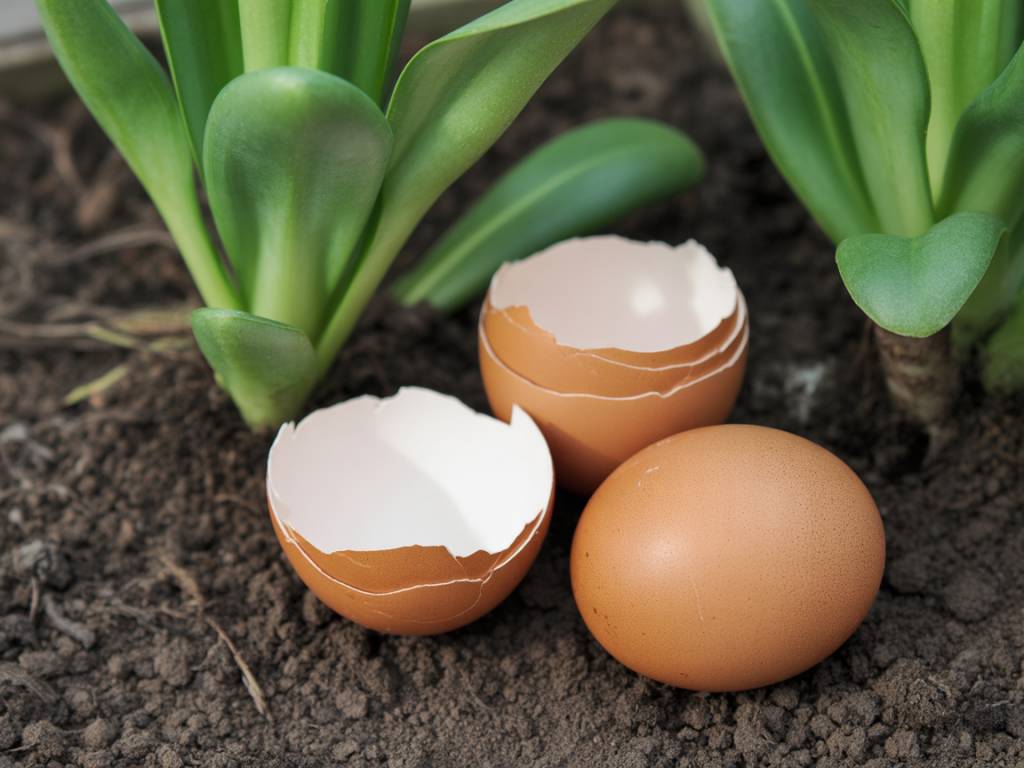There is something almost magical about watching a bare fence or a dull brick wall disappear under a veil of leaves and flowers in just a few months. Annual climbers are the garden’s quick-change artists: sown in spring, cascading in summer, and quietly bowing out by the first frosts. If you’re craving instant romance or a burst of colour without committing to permanent planting, they might be exactly what your garden is whispering for.
Why choose annual climbers for fences and walls?
Perennial climbers like wisteria or climbing roses are wonderful, of course, but they ask for patience and long-term plans. Annual climbers, on the other hand, are:
- Fast-growing: Many will reach 1.8–3 m in a single season.
- Flexible: You can change colour schemes and planting combinations every year.
- Space-saving: Perfect for small gardens, courtyards, rentals or balconies.
- Gentle on structures: Most annuals twine or cling with tendrils and are less likely to damage walls than heavy, woody climbers.
- Pollinator-friendly: Their flowers are a magnet for bees, butterflies and, in some cases, evening moths.
Think of them as your seasonal wallpaper: beautiful, temporary and easy to refresh.
What to consider before planting annual climbers
Before you fall in love with seed packets (we all do), pause for a moment in front of your fence or wall and ask a few quiet questions.
- Aspect: Is it facing north, south, east or west? Most annual climbers prefer full sun (at least 6 hours a day) but a few will tolerate partial shade.
- Support: Do you have something for them to climb? Many need wires, trellis, netting or strings to cling to.
- Soil and moisture: Is the base of the fence dry and compacted, or reasonably fertile and moist? Amending the soil with compost helps enormously.
- Wind exposure: Strong winds can shred tender climbers; in very exposed spots choose the tougher species or provide windbreaks while they establish.
Once you’ve read your space like this, choosing the right plant becomes much easier.
Sweet peas: scented curtains of colour
If there is one annual climber that turns a fence into a storybook backdrop, it’s the sweet pea (Lathyrus odoratus). Their tendrils wind gently around supports, and their flowers, in shades from pastel to jewel-toned, bring fragrance you can almost taste.
Why they’re wonderful for fences and walls:
- Reach 1.5–2 m in a season with ease.
- Heavenly scent, especially the old-fashioned varieties.
- The more you pick, the more they flower.
How to grow them well:
- Sow under cover in late winter/early spring or direct sow in April.
- Provide a net, trellis or vertical strings tied along your fence.
- Plant them into deep, enriched soil and water regularly.
- Pinch out the tips of young plants to encourage bushier growth.
- Keep deadheading or picking for the vase to stop them setting seed too early.
Along an old wooden fence, sweet peas can create the feeling of a cottage garden, even in the middle of town.
Nasturtiums: tumbling flames of orange and gold
Nasturtiums (Tropaeolum majus) are the generous friends of the garden world. They grow quickly, forgive a bit of neglect and spill over fences and low walls like a waterfall of colour.
Why they’re perfect for quick coverage:
- Grow 1.5–2 m as climbers, depending on variety.
- Thrill with warm oranges, reds, peaches and yellows.
- Both leaves and flowers are edible with a peppery, cress-like flavour.
Tips for growing nasturtiums:
- Direct sow from late April to May; they dislike root disturbance.
- They actually flower better in poorer soils – too much fertility gives leaves, not blooms.
- Provide netting, jute mesh or a light trellis to encourage climbing.
- Accept that they’ll charm the blackfly away from your beans – they make excellent sacrificial plants.
They soften the hardest surfaces. Even the most severe brick wall looks kinder under a froth of nasturtium leaves and their glowing, spurred flowers.
Morning glories: a daily sky of blue, pink and purple
Morning glories (Ipomoea species) unfurl trumpets in shades of azure, violet, magenta and white that open with the first light. For a sunny, sheltered fence, they can be utterly enchanting.
Why they’re so effective:
- Climb vigorously by twining, often reaching 2–3 m in a season.
- Large, dramatic flowers that open fresh each morning.
- Lovely heart-shaped foliage that clothes supports quickly.
Growing tips:
- They crave warmth: start seeds under cover in April and plant out after all danger of frost has passed.
- Soak seeds overnight before sowing to improve germination.
- Give them full sun and well-drained, fertile soil.
- Provide thin canes, wires or string – their twining stems like something slender to wrap around.
A south or west-facing wall is ideal. On cool, grey mornings they seem to bring the lost sky down to eye level.
Black-eyed Susan vine: soft apricot faces
Thunbergia alata, often called black-eyed Susan vine, looks as if it has been painted for a children’s book: flat, five-petalled flowers with a dark “eye” at the centre, in warm tones of yellow, orange and cream.
Why it’s a favourite for fences:
- Forms a dense, leafy curtain up to around 1.8–2 m high.
- Flowers prolifically from mid-summer into autumn.
- Compact enough for smaller fences, screens and even obelisks in pots.
To grow it successfully:
- Start seeds indoors in March–April; it needs a head start in the UK.
- Plant out in a sheltered, sunny spot once frosts are over.
- Give it fine netting, wire mesh or a light trellis to cling to.
- Water regularly in dry spells; it dislikes drying out completely.
This climber feels particularly at home softening modern fences, bringing a romantic flutter of petals to neat horizontal slats.
Cup and saucer vine: dramatic, architectural cascades
If you’d like something a little theatrical, the cup and saucer vine (Cobaea scandens) might be your star performer. The large, bell-shaped flowers start pale green and deepen to rich purple, hanging among whorls of fresh green foliage.
Why it makes walls disappear:
- Extremely vigorous – can reach 3–4 m in one season in good conditions.
- Dense foliage that effectively masks fences, sheds or unsightly corners.
- Striking, unusual flowers that draw comments from visitors.
Growing guidance:
- Sow seeds on their sides indoors in February–March; they take time to get going.
- Provide a good-sized pot or fertile ground – it’s a hungry, thirsty climber.
- Train stems onto sturdy trellis or wires; they cling with tendrils and can cover a large area fast.
- In a very mild garden it can behave as a short-lived perennial, but treat it as annual in most UK regions.
It’s particularly effective against old brick or stone, where its opulent bells look right at home.
Climbing beans: beauty you can eat
Who says your fence can’t be both beautiful and useful? Climbing French beans and runner beans can turn a boundary into an edible tapestry.
Why they’re wonderful for vertical interest:
- Rapid growth, easily reaching 2–3 m.
- Pretty flowers (scarlet, white, pink or bicolour) that attract pollinators.
- A steady harvest of pods all summer.
How to use them on fences:
- Fix horizontal wires or strong netting to the fence to support their twining stems.
- Enrich the soil at the base with plenty of compost or well-rotted manure.
- Sow indoors in April or direct sow after frost; they dislike cold, wet soil.
- Pick often to keep them cropping and stop the plants from going to seed too soon.
On a sunny boundary near the kitchen, beans can be both screen and supper.
More fast climbers to try for instant impact
If you’d like to experiment beyond the classics, there are a few more annual (or tender perennial treated as annual) climbers worth a spot.
- Spanish flag (Ipomoea lobata): Horizontal spires of fiery red, orange and cream flowers that look like little flames cascading down. Stunning on a sunny fence.
- Chilean glory flower (Eccremocarpus scaber): Ferny foliage and tubular flowers in orange, red or yellow. In mild areas it may overwinter, but in colder gardens treat it as an annual.
- Asarina (now Maurandya): Delicate, snapdragon-like flowers on fine stems, perfect for smaller spaces and containers against walls.
These are ideal for gardeners who enjoy a hint of the exotic woven into the familiar textures of a British garden.
Planning colour and combinations
One of the joys of annual climbers is that you can redesign your vertical palette every year. A few ideas to play with:
- Soft romantic scheme: Combine pastel sweet peas with creamy black-eyed Susan vine along a weathered wooden fence.
- Hot summer wall: Use nasturtiums, Spanish flag and scarlet runner beans on a sunny, south-facing boundary for a fiery, Mediterranean feel.
- Cool and calming: Lean into blues and purples with morning glories, purple cup and saucer vine and lilac-toned sweet peas.
- Kitchen garden charm: Alternate climbing beans and nasturtiums for an edible, pollinator-friendly fence that feels full of life.
Because they’re temporary, you can be bold. If a combination isn’t quite right one year, simply turn the page and try another next season.
Supporting, training and caring for your climbers
Think of supports as the skeleton of your vertical garden. Once you’ve put a good structure in place, you can dress it differently each year.
Simple support ideas:
- Stretch galvanised wires along a fence at 20–30 cm intervals and fix with vine eyes.
- Attach trellis panels to walls, leaving a small gap behind for air circulation.
- Use biodegradable jute netting or string for a softer, natural look.
- In pots, add bamboo wigwams or obelisks and place them against a wall or fence.
Training tips:
- Guide young stems gently towards their supports with soft ties or garden twine.
- Twining climbers (like beans and morning glories) simply need pointing in the right direction.
- Tendril climbers (like sweet peas and Thunbergia) appreciate something fine to grip.
- Check ties regularly; loosen them as stems thicken to avoid damage.
As the season moves on, a little regular attention – watering in dry spells, feeding every couple of weeks with a high-potash fertiliser once they start flowering, and frequent deadheading – will keep your vertical displays thriving.
Timing your season: from bare fence to living tapestry
To transform a fence or wall in one season, timing is your quiet ally.
- Late winter to early spring: Sow tender climbers (like Cobaea, Thunbergia, morning glories) indoors in warmth.
- Mid to late spring: Prepare the soil, install supports, and harden off young plants.
- After the last frost: Plant your climbers out and direct sow hardy types like sweet peas (earlier), nasturtiums and beans.
- Summer: Tie in new growth, feed, water and deadhead to keep flowers coming.
- Early autumn: Enjoy the final flush, then gather seeds from open-pollinated varieties you’d like to grow again.
In just one cycle of seasons, that bare expanse can pass through shyness, abundance and graceful fading, before you begin another chapter next year.
Common problems and gentle solutions
Even the most enthusiastic climbers can run into a little trouble. A few issues often appear, but they’re rarely anything to fear.
- Slugs and snails: Tender seedlings are a delicacy. Use wildlife-friendly barriers (copper tape around pots, wool pellets, or crushed eggshells) and avoid leaving hiding places nearby.
- Aphids and blackfly: Nasturtiums often lure them away from other plants. If infestations are heavy, a gentle spray of water and a little soap can help, or simply squish them between finger and thumb.
- Slow growth: Check for cold, compacted soil or lack of feed. Annual climbers are quick, but they still need warmth and nutrients.
- Flopping or sparse coverage: Often a sign of inadequate support or insufficient sun. Add extra strings or netting and, for next year, choose a species better suited to that spot.
Remember, you’re working with living, responsive beings. Some years they’ll romp away as if in a fairy tale; other years they might sulk. Both are part of learning your particular patch of earth.
Bringing it all together
Annual climbers offer a gentle kind of bravery in the garden. They invite you to experiment, to play with colour and scent, to hide the things you’d rather not see and frame the views you love. Whether you’re cloaking a tired fence, softening a new boundary or adding romance to a blank wall, these one-season wonders can change the whole feeling of your outdoor space.
Perhaps this year it will be a curtain of sweet peas fluttering each time you open the back door, or a glowing tumble of nasturtiums spilling over the brickwork. Next year, something entirely different. With a few packets of seed, some simple supports and a little daily attention, your fences and walls can become part of the story your garden tells, one season at a time.





